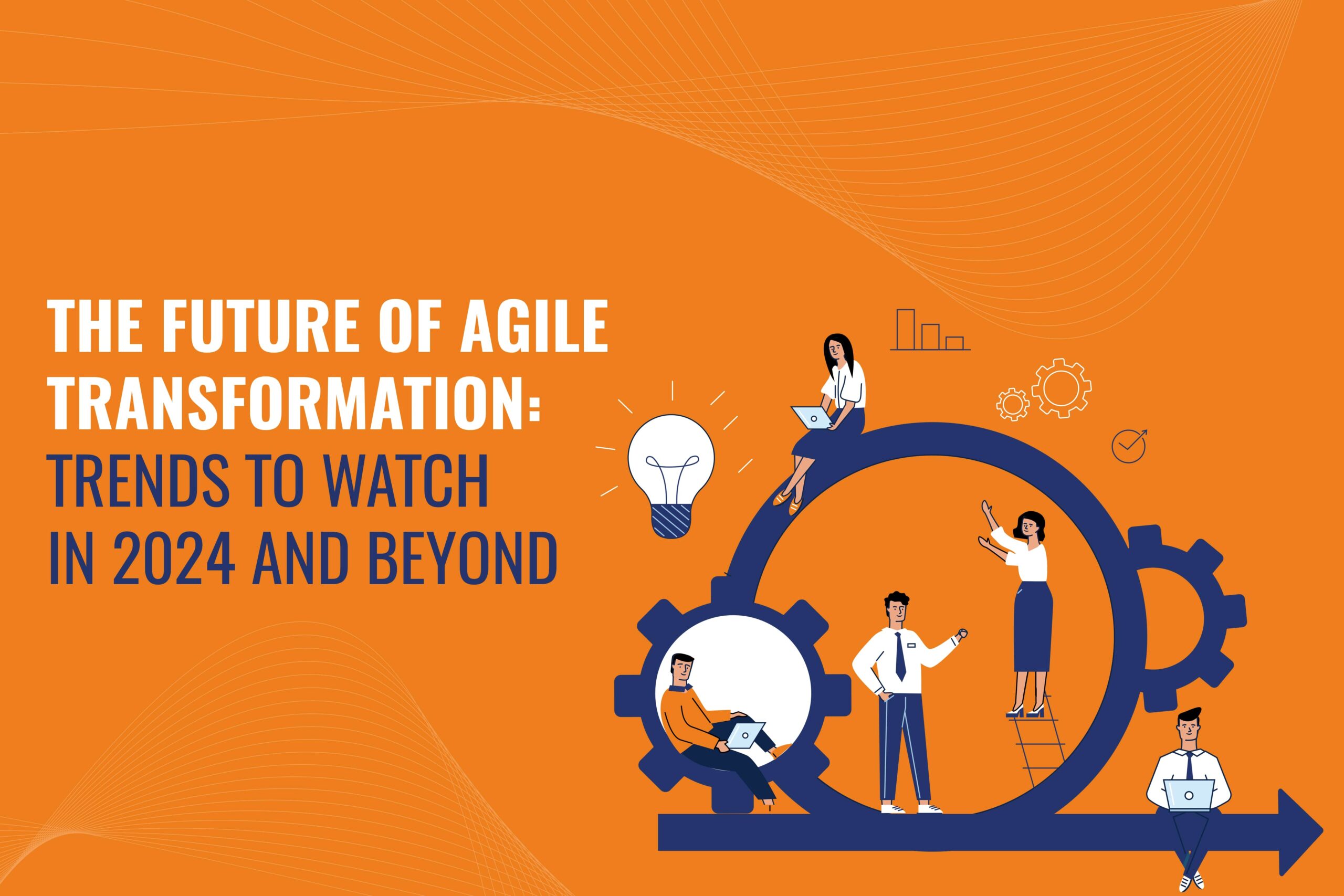
In 2024 and beyond, Agile Transformation continues to evolve, driven by emerging trends shaping the future of organizational agility. As businesses navigate an ever-changing landscape, understanding these trends is paramount for staying competitive and adaptable.
One significant trend is the deepening integration of Agile principles beyond software development. Software development originated agile methodologies, now increasingly applied across various industries and functions. From marketing to HR and beyond, organizations embrace Agile Transformation to foster collaboration, flexibility, and innovation throughout their operations.
Another trend to watch is the rise of Agile at scale. As companies grow more complex, traditional Agile frameworks may need to help accommodate their needs. These frameworks provide guidelines and structures for implementing Agile practices across entire organizations, enabling alignment, coordination, and synchronization at scale.
Furthermore, adopting DevOps practices intertwines with the future of Agile Transformation. DevOps emphasizes the integration of development and operations teams, promoting faster delivery of high-quality software. DevOps will become increasingly integral to Agile Transformation initiatives as organizations strive for incredible speed and efficiency in their software development processes.
In addition to methodology, technology plays a crucial role in shaping the future of Agile Transformation. Emerging technologies like artificial intelligence (AI), machine learning (ML), and robotic process automation (RPA) are revolutionizing the way we do work. By leveraging these technologies, organizations can automate repetitive tasks, enhance decision-making, and streamline processes, accelerating Agile Transformation efforts.
Moreover, Agile Transformation in 2024 and beyond is characterized by a focus on culture and mindset. While Agile frameworks provide valuable practices and principles, true transformation requires a cultural shift towards collaboration, experimentation, and continuous improvement.
In conclusion, the future of Agile Transformation is dynamic and multifaceted, driven by evolving trends in methodology, technology, and culture. By staying abreast of these trends and adapting accordingly, organizations can navigate the complexities of today’s business environment and thrive in the Agile era.
Agile methodologies have revolutionized how teams collaborate, innovate, and deliver value to customers in software development and project management. As we approach 2024 and peer into the future, it’s evident that Agile transformation will continue to evolve, driven by emerging trends, technological advancements, and changing market dynamics. In this comprehensive exploration, we’ll dissect the trends shaping the future of Agile transformation and delve deep into the strategies that will define success in the years to come.
Enhanced responsiveness to change: Agile methodologies emphasize flexibility and adaptability, enabling organizations to respond quickly to changes in customer preferences, market conditions, or technological advancements. By embracing agile principles, companies can pivot their strategies and products more swiftly, staying ahead of competitors in dynamic environments.
Improved time to market: Agile methodologies emphasize iterative development and frequent releases of small increments of functionality. So, This approach reduces time-to-market for products and features, allowing organizations to deliver value to customers more rapidly.
Increased customer satisfaction: Agile methodologies prioritize customer collaboration and continuous feedback for the development of the organization. By involving customers throughout the development process, organizations can ensure that their products meet customer needs and expectations more effectively.
Greater transparency and visibility: Agile frameworks such as Scrum and Kanban promote transparency by making project progress, impediments, and priorities visible to all stakeholders.
Empowered teams: Agile methodologies emphasize self-organizing, cross-functional teams that are empowered to make decisions and take ownership of their work. This empowerment fosters innovation, creativity, and a sense of ownership among team members.
Agile transformation is beneficial for developing the growth of the organization, and Some future trends of agile transformation are discussed below.
As Agile adoption proliferates, there’s a growing emphasis on Agile governance and compliance. So, regulatory bodies recognize Agile as a viable approach to ensure transparency, accountability, and risk management.
Agile governance frameworks, such as the Agile Governance Manifesto and Agile Governance Compass., It provides:
Tools and platforms equipped with built-in compliance features streamline documentation, audit trails, and reporting. So it is easing compliance burden in Agile environments and enabling organizations to navigate regulatory complexities confidently.
Therefore, especially when it comes to Agile and business transformation in general, change is the only constant. So, the trends outlined above offer a glimpse into the evolving landscape of Agile practices, from hyper-personalization and scaling to Agile 2.0 and hybrid models. By embracing these trends with an open mind and a spirit of continuous improvement, organizations can chart a course towards agility, resilience, and innovation. Thereby unlocking new frontiers of growth and success in the dynamic and ever-evolving business landscape of the future.
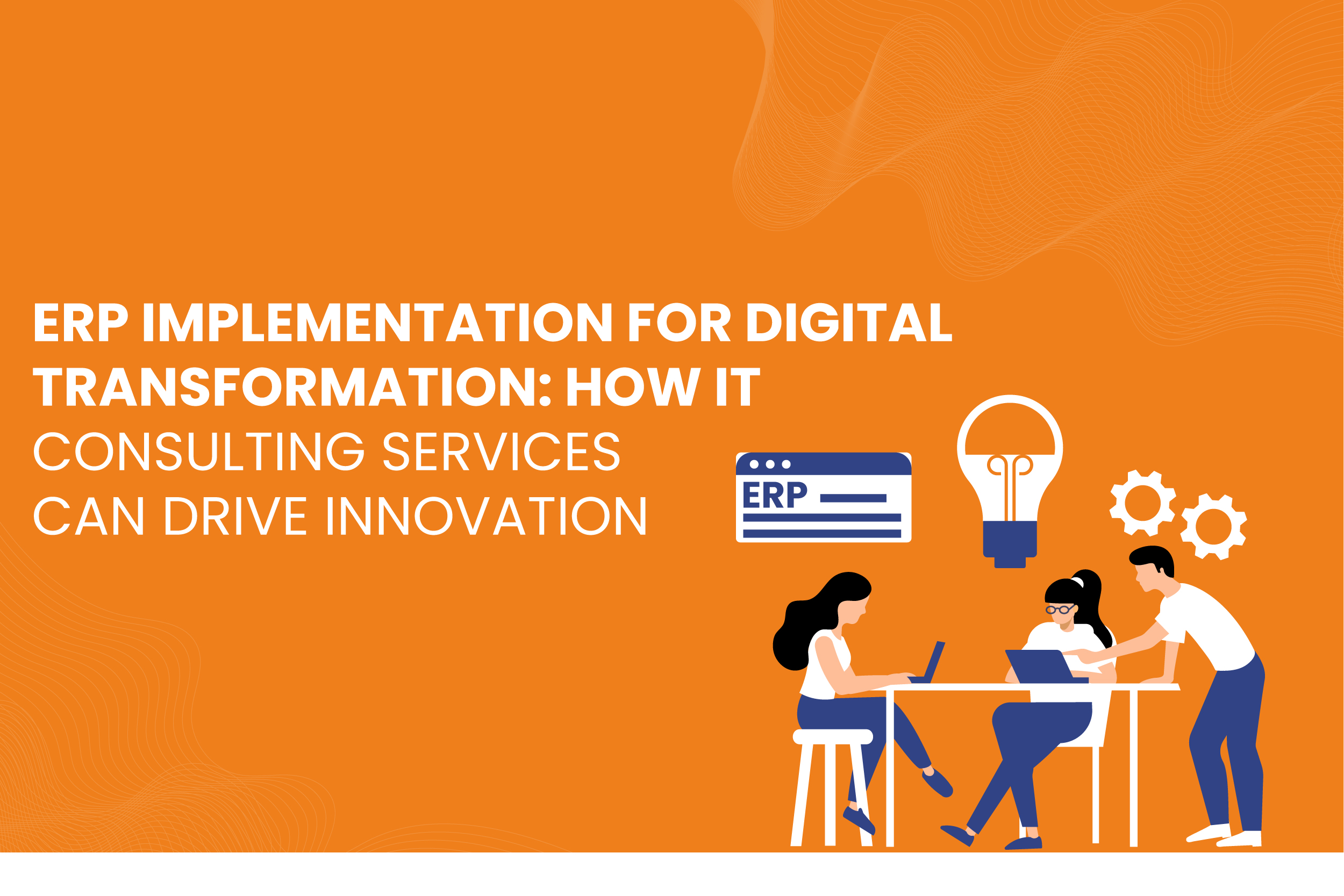
In today’s fast-paced digital landscape, businesses must adapt to changing technologies and customer expectations to remain competitive. One of the most effective ways to achieve this adaptability is through digital transformation, which involves integrating digital technologies into all areas of a business. A critical component of this transformation is Enterprise Resource Planning (ERP) systems.
Read More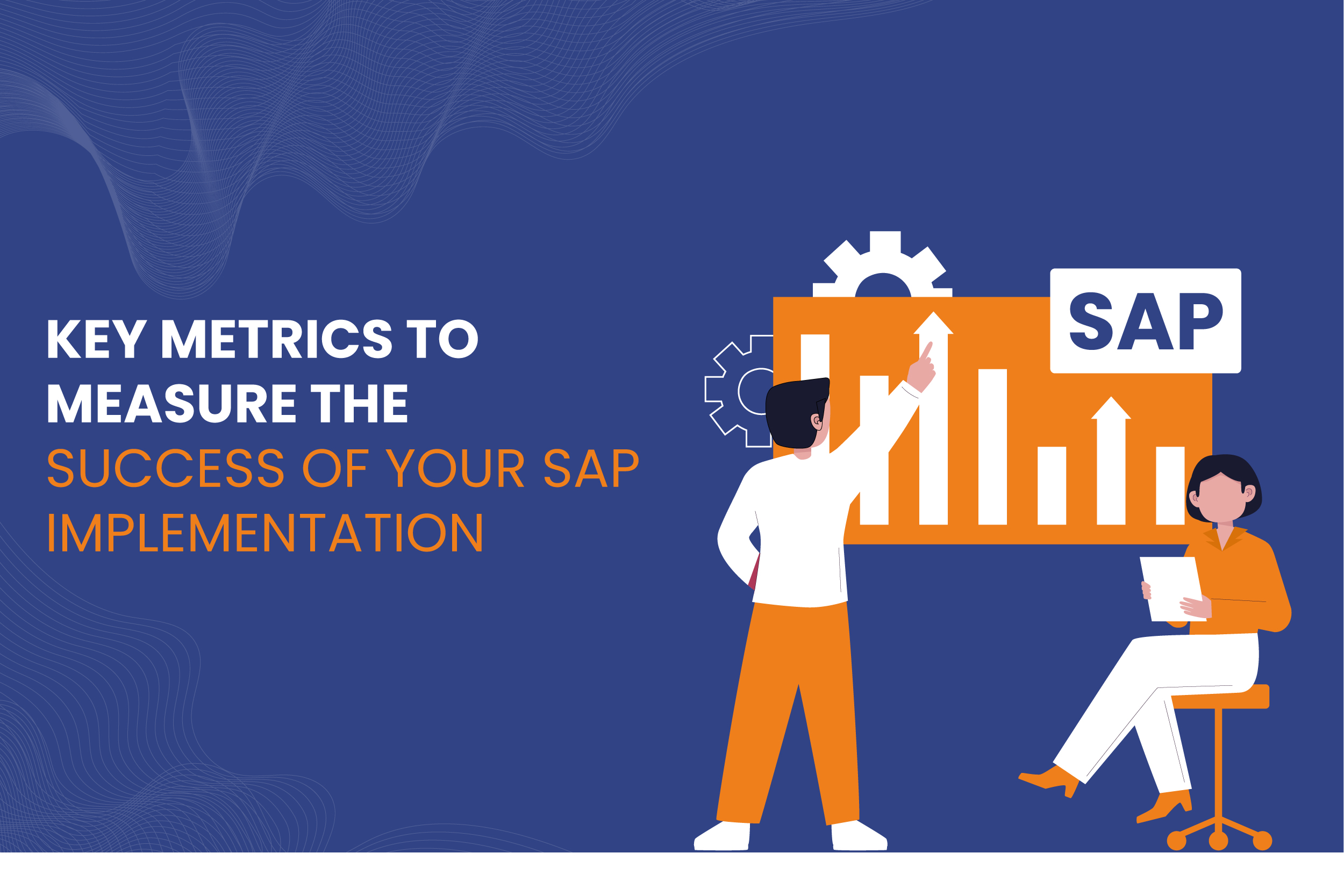
Implementing an SAP system can be a transformative step for organizations aiming to enhance their operational efficiency, streamline processes, and improve data visibility. However, success in an SAP implementation goes beyond simply completing the project on time and within budget. It involves measuring and analyzing key performance metrics that provide insight into how effectively the system is being utilized and whether it meets the organization’s objectives.
Read More
In today’s fast-paced business environment, efficient systems and processes are vital for success. Enterprise Resource Planning (ERP) systems like SAP are central to this, helping organizations streamline their operations, manage resources more effectively, and drive productivity.
However, ERP implementation is a complex and often challenging process that requires a skilled IT consulting partner to ensure success. Selecting the right IT consulting services for your ERP implementation, especially for SAP, can make the difference between seamless integration and costly disruptions.
Read More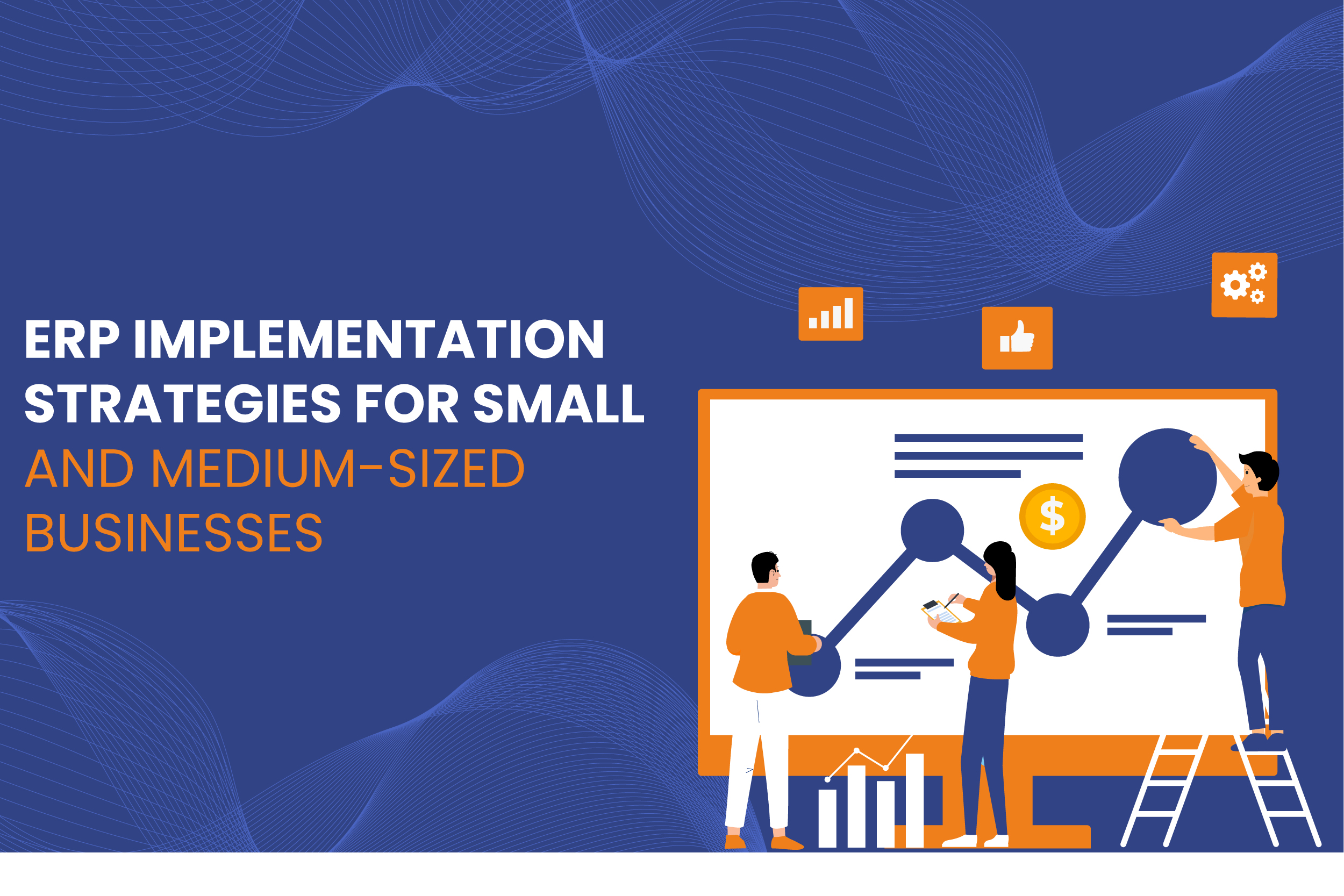
ERP systems have become indispensable tools for businesses looking to streamline operations, improve efficiency, and maintain a competitive edge. However, implementing ERP solutions can be daunting, especially for small and medium-sized businesses (SMBs) with limited resources.
The complexity of the process, cost concerns, and the need for seamless integration across departments pose significant challenges. To overcome these, SMBs must adopt tailored ERP implementation strategies that align with their unique requirements.
Read More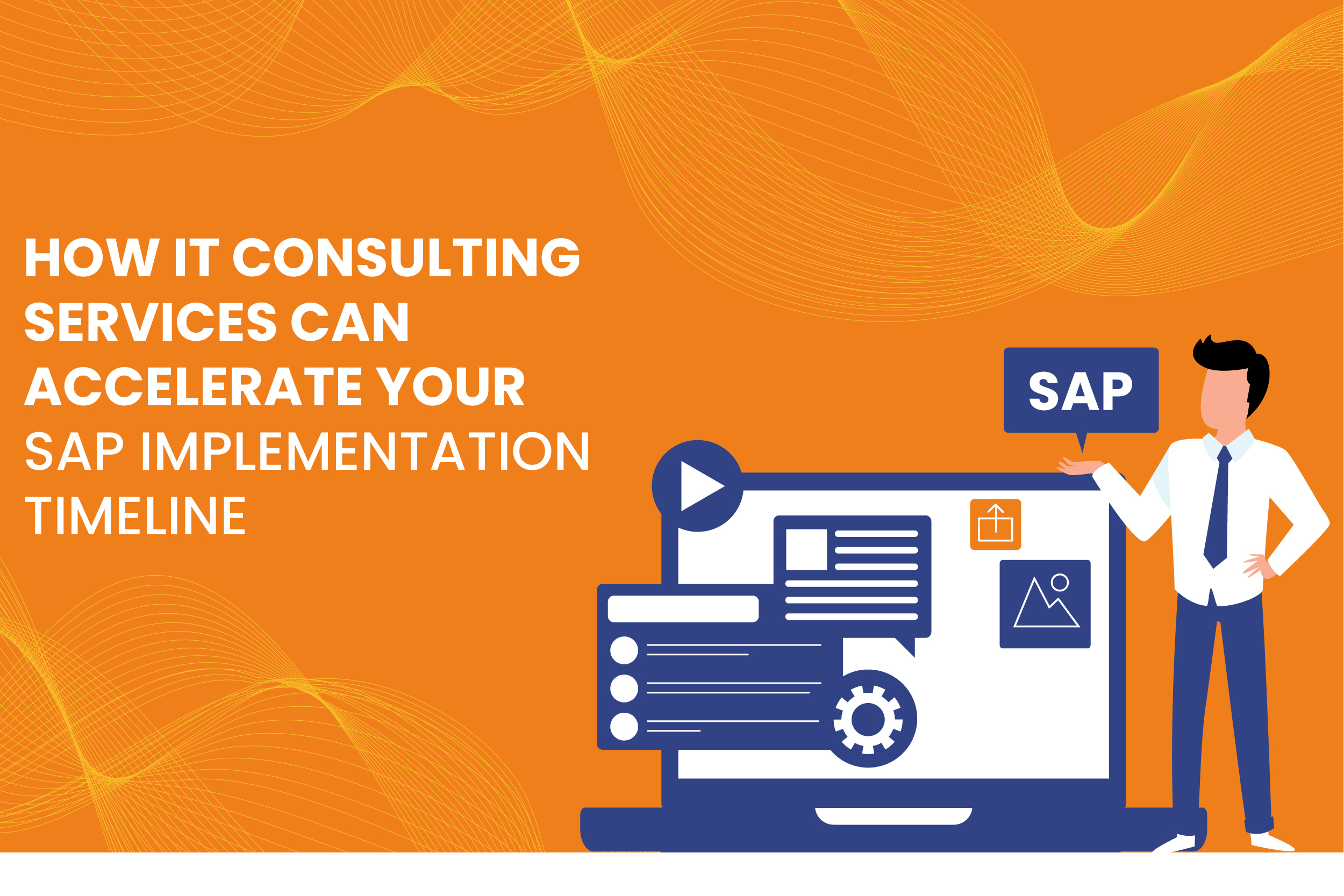
In today’s fast-paced business environment, Enterprise Resource Planning (ERP) systems like SAP (Systems, Applications, and Products) are crucial to streamlining operations, improving efficiency, and supporting growth. However, the process of SAP implementation can be complex and time-consuming, often putting a strain on internal resources.
This is where IT consulting services come into play, providing the necessary expertise and support to accelerate your SAP implementation timeline. By leveraging specialized knowledge and proven strategies, IT consulting services can significantly shorten the time required for successful SAP deployment, helping organizations stay competitive and responsive to market demands.
Read More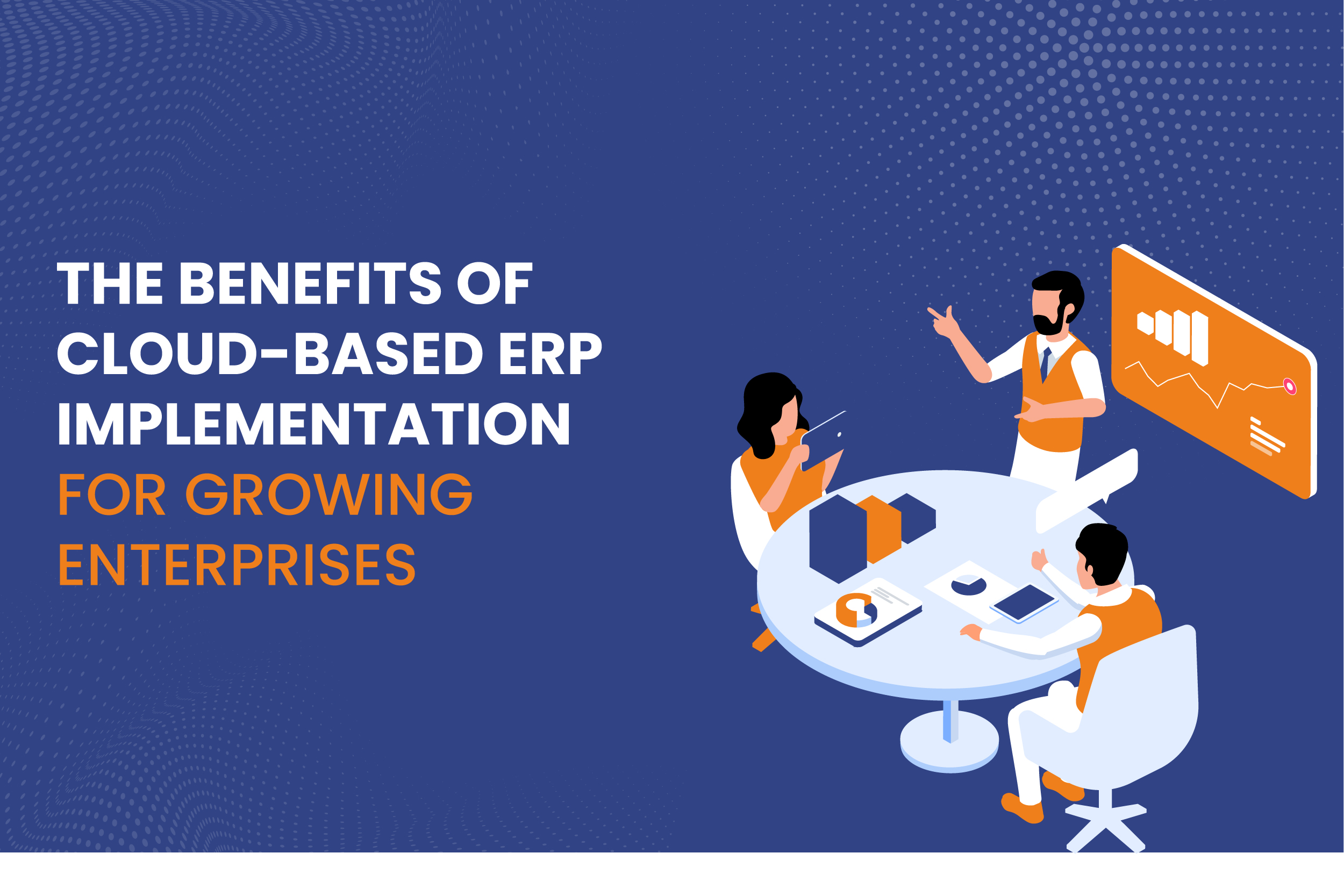
As enterprises scale, managing resources, streamlining operations, and maintaining flexibility become crucial challenges. To address these challenges, businesses increasingly turn to cloud-based Enterprise Resource Planning (ERP) systems.
ERP solutions have long been vital in centralizing various business functions like finance, human resources, supply chain management, and customer relations into a unified system. In recent years, the shift to cloud-based ERP systems has offered even greater benefits, particularly for growing enterprises.
Read More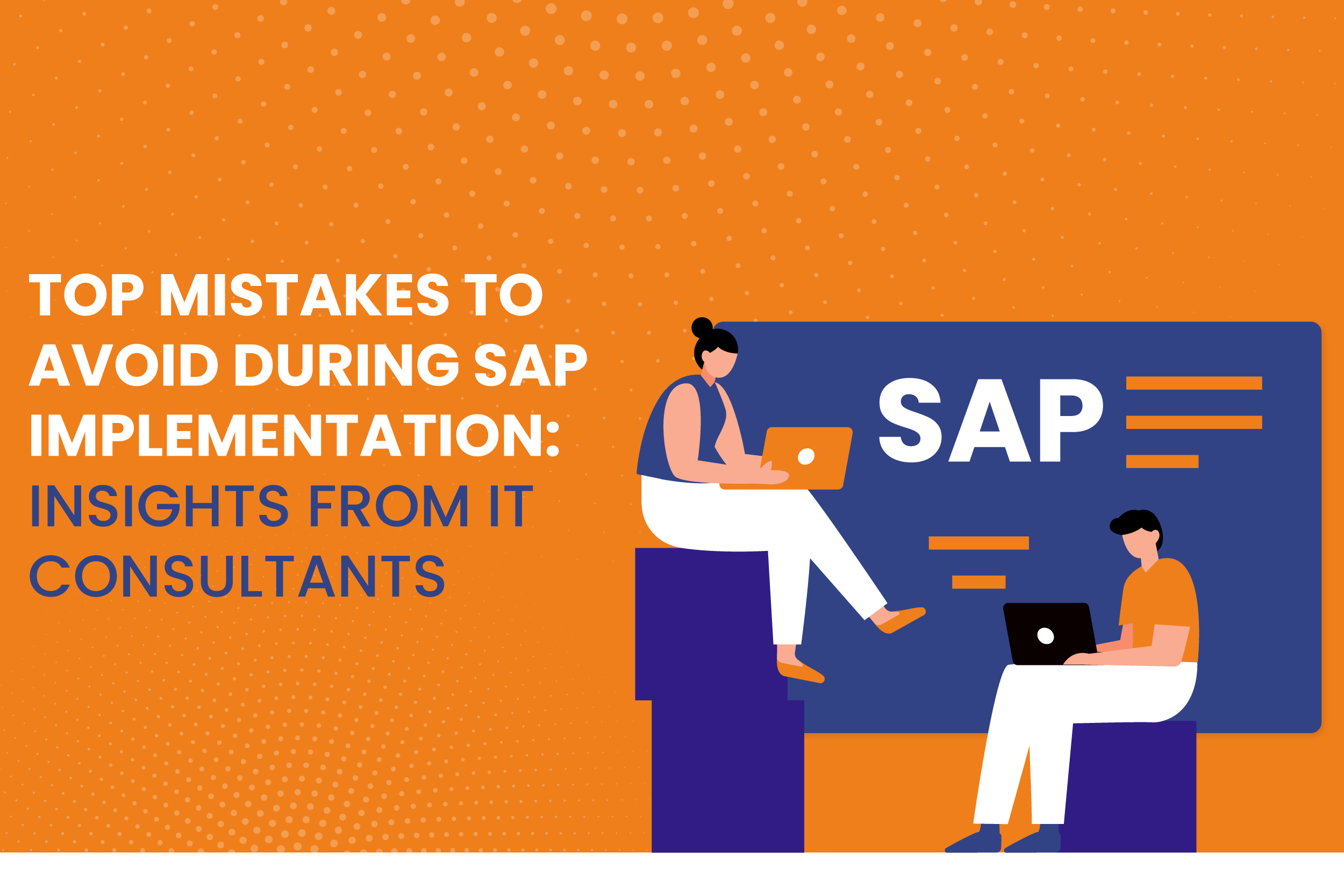
Implementing an Enterprise Resource Planning (ERP) system like SAP can significantly transform an organization’s operations, boosting efficiency and data accuracy. However, an SAP implementation is a complex process that requires meticulous planning and execution. Many companies fail to realize the depth of such projects and commit avoidable mistakes that lead to delays, cost overruns, and frustration.
Read More
In today’s competitive business environment, organizations must be equipped with efficient, reliable, and scalable systems to manage their operations. Enterprise Resource Planning (ERP) solutions provide companies with the tools to streamline their processes, integrate various departments, and enable data-driven decision-making.
Among the vast array of ERP solutions, SAP is one of the most well-known, but it’s not the only option. Businesses must consider whether SAP or another ERP solution is the right fit based on their unique needs.
Read More
Enterprise Resource Planning (ERP) systems have become the backbone of modern business operations. Whether it’s handling financials, human resources, supply chains, or manufacturing processes, ERP solutions streamline and automate vital business functions, fostering efficiency and growth. SAP, one of the leading ERP platforms, is often the go-to choice for organizations due to its robust and customizable features. However, ERP implementation—whether SAP or another system—is not without challenges. This is where IT consulting services play a pivotal role.
The complexities of ERP implementations require specialized expertise, and IT consulting services provide the technical know-how, strategic planning, and ongoing support that are critical to successful deployment and long-term functionality.
Read More
In the rapidly evolving business landscape, enterprise resource planning (ERP) systems are essential for companies looking to streamline operations, improve data accuracy, and enhance decision-making processes. As we look toward 2025, the future of ERP implementation is promising, with significant trends emerging that are reshaping how organizations deploy and manage their ERP systems. From advancements in SAP implementation to innovations in IT consulting services, businesses must keep a keen eye on these trends to remain competitive.
Read More
Leave a Reply